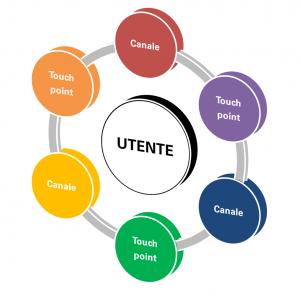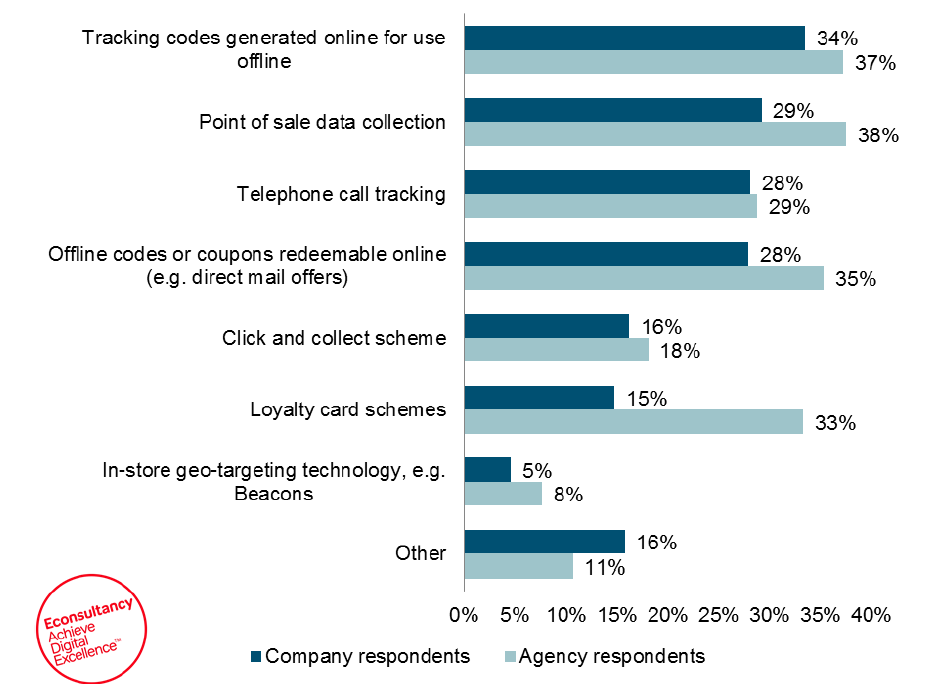Customer Journey, namely the cognitive pathway which brings the user through different channels to the purchase of a product or service. The need for a clear understanding of the Customer Journey stems from the fact that too often you lose contact between the two parties, offer -> people, in the same information phase, regardless of the channel of use, whether online or offline.
The marketing experts are convinced that the recorded statistical data about the relationship of consumers towards the product/service, regardless of the media environment, should bring strength to the intuitions, and consequently to the bringing of the improvements to the marketing strategy.
Thanks to the timely analysis of the customer journey, the most innovative companies are able to identify the critical points and the decisional conflicts in the users, obtaining a greater effectiveness in the marketing action and the consequent greater profitability of investments.
Today an effective customer journey involves a omnichannel approach between online and offline, supported by a real one mapping of contact points among them.
All this allows to have practically total control in terms of marketing on the user, and of follow the path step by step which leads to the purchase and subsequent loyalty.
This approach therefore allows for fill important gaps. For example, many companies have a call center, but few of them use systems to monitor phone calls and track them through CRM as an integration strategy between online and offline activities. This would be a solution to reveal missed opportunities to improve the customer experience and therefore the success rate of marketing initiatives.

The difficulty of tracking the customer journey
Understanding and controlling the customer journey is certainly a nice purpose, but not so easy to achieve: in fact, there are many factors that inhibit an effective study. A great truth is that the now too many online advertising media are inflating communication, in other words they are literally “saturating” the input user, and we know that forcing people to do something, we get the opposite effect. At this point, he returns to take on an important role offline communication. Clearly it is always desirable to find a balance between concepts that are poles apart, and that is why the average user is increasingly looming as a balanced person, without excesses, who buys in the face of reasoning, of a need, a study, if we want, of the product. This study is molded between the various inlets of the life experience, outlining almost one slalom between information received offline and online. Effectively guiding the consumer in such a complex and varied buying process thus becomes a challenge that is not simple.
The relationship between customer journey touchpoints
Another critical element that hinders a profitable customer journey is the missed connection between the various touchpoints of the communication, a defect that affects a fair part of the brands. Technically, it often lacks the possibility of detecting the information and data relating to the person passing through the various touchpoints: this determines a lack of control and consequently the inability to modify and effectively adapt the marketing strategy and the individual activities to the behavior of the people.
Another fairly common risk is to limit the analysis to a few channels (or even just one), resulting in total obscurity about what happens in the others.
THE touchpoints are increasingly correlated with each other, especially between digital and physical contexts. It is evident, for example, that online research of product information affects and increasingly affects offline purchases (see Federico’s post recently published on omnichannel consumer behavior). In this case, therefore, it is essential to exploit the recorded evidence on offline user behavior to develop digital marketing strategies.
In interconnection that there must be among the various touchpoints (whose number grows by 20% every year, making coordination and effective interaction increasingly difficult), it is still important to determine which is the main actor that outlines the customer journey, the media that constitutes its structure (which however, you should not lose sight of the importance of strategically dividing the budget invested between the various channels / touchpoints , in order to maximize ROI). Just as it is important that the internal teams of the various touchpoints work in a coordinated manner and with a clear structure, the simplest possible, that regulates the operating flow.
Today it is possible to say that, at a global level, only about 10% of the brands are operationally aligned correctly with the concept of customer journeys, although it must be said that North America is about 23% ahead (Data source: “Understanding the Customer Journey”, April 2015, Econsultancy and Response Tap ).
However, the crystal data is that the vast majority of companies today do not have complete control over the training path of the customer / user that leads to their purchase.

Customer Journey and Customer Experience
The Customer journey is strictly related to the User Experience of a certain product or service. What matters now is what is quality the cognitive experience of the product during this process. User Experience is obviously also sharing, given the possibilities that are the prerogative of everyone through the internet, and then a great way to share experiences made between a product or a service among users is the social networks, which therefore become an essential parameter that companies and agencies must read, analyze, to understand the state of user satisfaction and their needs.
Digital Analytics always has a leading role
Regarding the digital phases of the customer journey, the reading tool through which to get most of the information and data on the browsing behavior of users and the effectiveness of strategies is the Digital Analytics.
It is also true that companies that invest in digital have easier control of the customer journey, especially if they are also active with an e-commerce, and indeed this is the direction that many companies are currently taking. Focusing only on a few or even a single channel/touchpoint, and/or choosing to operate only on the online market or only on the offline now becomes very limiting. Integration (omnichannel), interaction (with the user), interconnection (among the various touchpoints), there are three important “i” to keep in mind when talking about customer journeys.
Techniques used by companies to integrate online and offline channels
The chart below shows the techniques used by companies and marketing agencies to create a trait-d’union between online and offline channels. It’s about a research done by E- consultancy and Response Tap on a sample of 741 companies and 597 communication agencies.
Source: Understanding The Customer Journey, aprile 2015, Econsultancy e Response Tap
An interesting fact made available by Google USA for American Adwords customers, concerns users who enter stores following an Online Advertising campaign. This is possible by intercepting the location of the user’s mobile phone. This operation can make someone’s nose turn up, understandably, but the effort in wanting to be able to maximize the precision and punctuality of the offer towards the customer should be appreciated, the result of a cognitive study on it that borders on the great scientific feats.
The true goal of the Customer Journey is indeed get to know the user. Anticipate your requests with solutions that meet your expectations, be present with what you need, where and when. To be useful, indispensable, and effectively reachable, in his eyes. So no longer the concept of user seen merely as profit, but seen as precious resource, a person for whom to offer the utmost commitment to personalize the offer in order to fulfill its needs.

